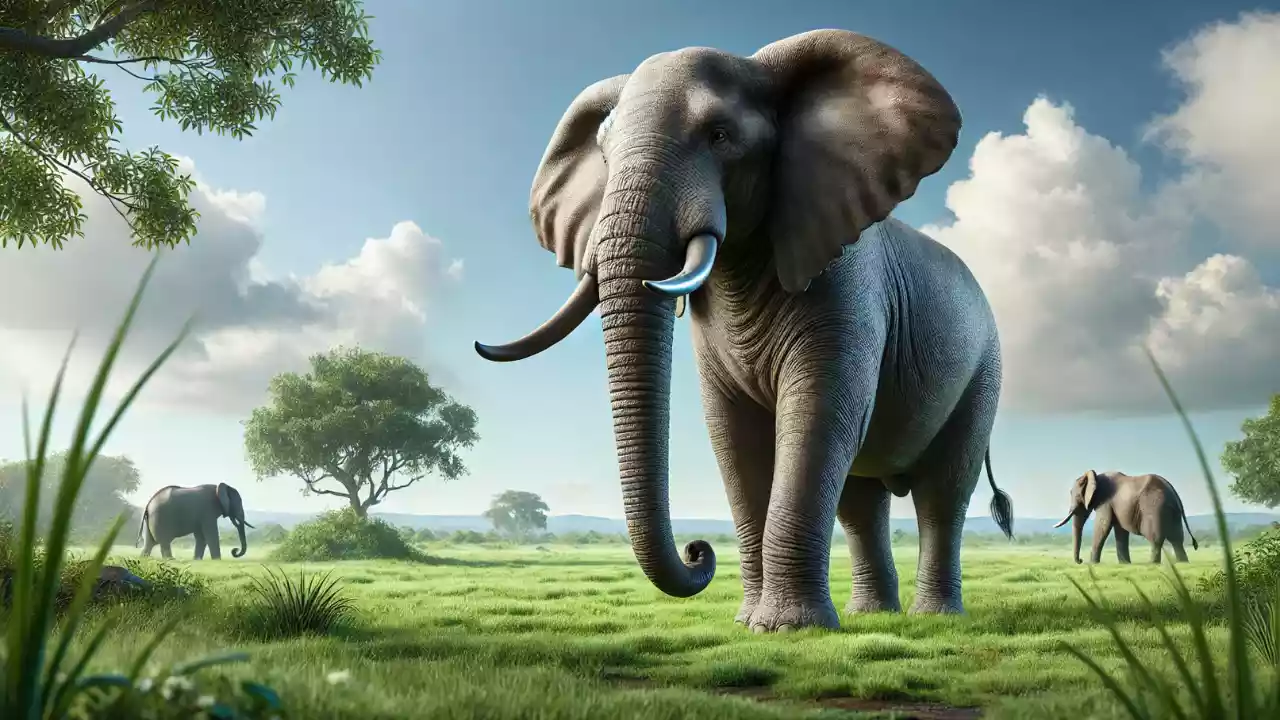Elephants are magnificent creatures known for their size, intelligence, and social behavior. They roam the savannas and forests in groups, forming strong social bonds and displaying fascinating behaviors. But did you know that we have special names for these groups of elephants? These special names are called collective nouns. Using collective nouns makes our language richer and more descriptive. Let’s dive into the exciting world of collective nouns for elephants and discover the unique ways we can describe these amazing animals when they gather together!
Collective Noun for Elephants
| Collective Noun |
|---|
| A Parade of Elephants |
| A Herd of Elephants |
| A Memory of Elephants |
| A Pack of Elephants |
| A Family of Elephants |
1. A Parade of Elephants
Explanation: When we talk about a “parade of elephants,” we imagine these majestic animals moving together in a line, almost like they’re marching in a grand parade. It’s a fun and vivid way to picture them moving across the landscape.
Examples:
- As the sun set, a parade of elephants marched across the savanna, their trunks swaying in unison.
- The children watched in awe as a parade of elephants made their way to the waterhole.
- During the safari, we saw a parade of elephants crossing the river together.
2. A Herd of Elephants
Explanation: A “herd of elephants” is a more common term and refers to a large group of elephants living and traveling together. This term emphasizes their social nature and the way they stick together for protection and companionship.
Examples:
- The herd of elephants gathered under the baobab tree to rest in the shade.
- Researchers observed a herd of elephants communicating through low rumbles.
- The safari jeep had to stop as a herd of elephants crossed the dirt road.
3. A Memory of Elephants
Explanation: This poetic term, “a memory of elephants,” highlights the incredible memory of elephants. They can remember places, individuals, and events for many years, making this collective noun a beautiful tribute to their intelligence.
Examples:
- The tour guide explained that we were watching a memory of elephants returning to their favorite watering hole.
- A memory of elephants greeted each other with their trunks, remembering their last meeting.
- The documentary showed a memory of elephants navigating through the forest with ease.
4. A Pack of Elephants
Explanation: Although less commonly used, “a pack of elephants” can describe a group of elephants, especially when focusing on their unity and cooperative behavior.
Examples:
- The park rangers spotted a pack of elephants traveling through the dense jungle.
- We watched as a pack of elephants worked together to dig for water.
- The pack of elephants displayed teamwork when protecting their young from predators.
5. A Family of Elephants
Explanation: Elephants are known for their strong family bonds. “A family of elephants” highlights the close-knit relationships within the group, often led by a matriarch.
Examples:
- The family of elephants moved together, with the younger ones playfully chasing each other.
- The matriarch led her family of elephants to a new grazing area.
- We saw a family of elephants huddling together during a thunderstorm.
Conclusion
Elephants are truly remarkable animals, and the collective nouns we use to describe them add richness to our language. Whether it’s a parade, herd, memory, pack, or family, each term gives us a unique way to appreciate and describe the social and intelligent nature of these incredible creatures. Next time you see a group of elephants, you’ll know just what to call them.
